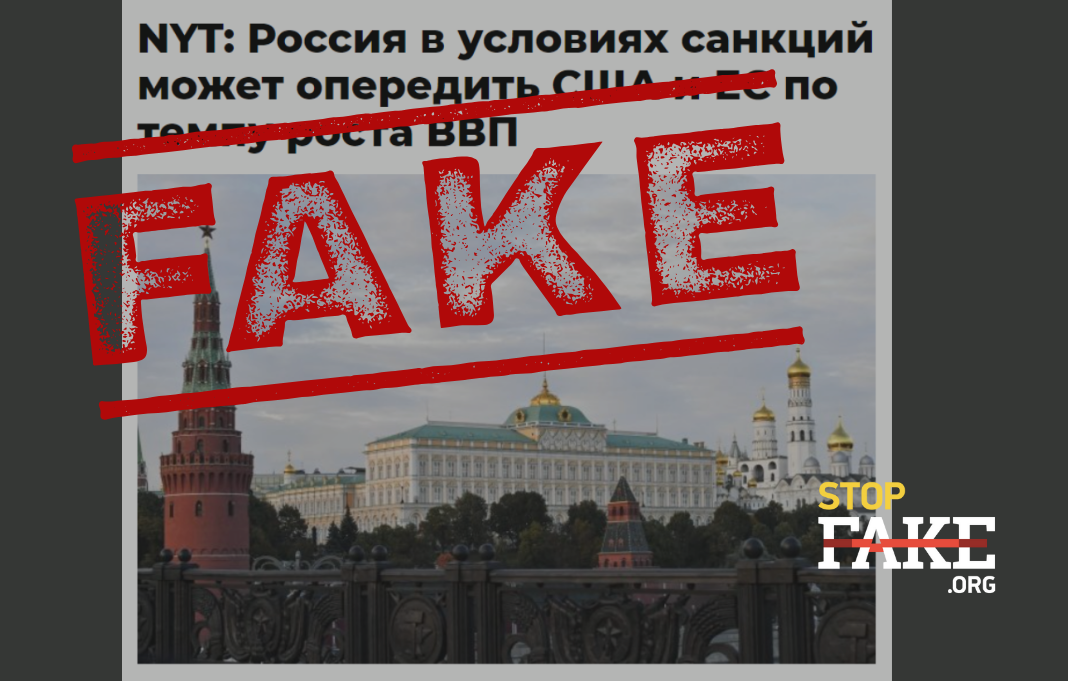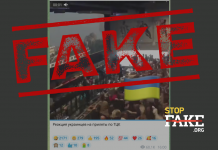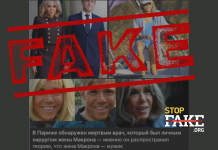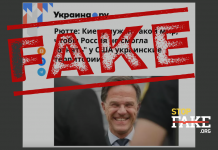The New York Times article does indeed contain a prediction that Russia may outpace European countries and the United States in terms of economic growth this year. However, this forecast does not belong to the NYT economic columnist Patricia Cohen, as the Russian media claim, but to the Central Bank of the Russian Federation. Also, Russian media cover only a part of the article — the part about the resilience of the Russian economy to Western sanctions. Instead, the main idea of the publication, which is to prove that the Russian economy is currently working to wage war in Ukraine, remains unaddressed by propagandists. Russian publications also ignore the problems in the consumer sector that Russians are currently facing.
Russian websites are rapidly spreading a quote from The New York Times article about the possibility of Russia outpacing Europe and the United States in terms of GDP growth. Propagandists, as usual, are trying to promote the narrative of Russia’s superiority and the West’s weakness.

“A US economic commentator was upset about the resilience of the Russian economy, which can outperform Western [economies] in key indicators,” says one of the Russian outlets.
Let’s find out what the NYT article titled “Russia’s Economy Is Increasingly Structured Around Its War in Ukraine“, which is being cited by Russian media, really means.
“Total output, which the Russian Central Bank estimates may rise as much as 2.5 percent this year, could outpace the European Union and possibly even the United States,” is the quote used by Russian websites for their manipulations.
Please note that this forecast was made by the Central Bank of the Russian Federation, and not directly by economic commentator Patricia Cohen, as Russian propagandists claim. In an article for The New York Times, she uses this information to confirm the resilience of the Russian economy. Indeed, the author points out that despite a large number of sanctions, the Russian economy has coped with the challenges posed by Russia’s invasion of Ukraine.
“Nineteen months later, the economic picture is decidedly mixed. The Russian economy has proved to be much more resilient than many Western governments assumed after imposing a punishing string of sanctions,” notes Patricia Cohen.
However, this is only part of the analysis. The NYT goes on to quote Laura Solanko, a senior adviser at the Bank of Finland Institute for Economies in Transition:
“When a country is at war, gross domestic product is a fairly poor measure of welfare.”
Through the lens of this statement, Patricia Cohen further analyzes a number of problems that currently exist in Russia, both at the state and household levels. The columnist points out that arms production may contribute to the country’s economic growth, but it does not necessarily have a positive impact on the quality of life of the population.
The NYT article mentions, among other things, the fall in the ruble exchange rate and rising inflation:
“The insistent demand for foreign currency — to pay for imported goods or provide a safe investment — has also caused the value of the ruble to sink at a precipitous pace. Last week, it fell to a symbolic break point of 100 to the dollar, further fueling inflation and raising anxiety levels among consumers.“
“The spike in government spending and borrowing has seriously stressed an already overheated economy. The central bank rapidly raised interest rates to 13 percent over the summer, as annual inflation continued to climb. Higher rates, which make it more expensive for businesses to expand and consumers to buy on credit, is likely to slow growth.“
The consequences of such economic challenges have already been felt by Russians in their everyday lives. It is about rising prices for consumer goods.
“Other pensioners at the store also spoke about increases in meat and poultry prices, something almost half of Russians have noticed in the past month, according to survey data from the Moscow-based Public Opinion Foundation published Friday. Respondents also noted increases in the price of medicine and construction materials,” the NYT writes.
In addition, Russians may face shortages of a number of goods.
“Since Russia imports a wide range of goods — from telephones and washing machines to cars, medicine and coffee — he said a devalued ruble makes ‘it more difficult for consumers to buy what they’re used to buying’,” said Charles Lichfield, deputy director of the Atlantic Council’s Geoeconomics Center.
Such socio-economic challenges are logically caused by the formation of the Russian budget around the war in Ukraine, as noted by Patricia Cohen.
“Nearly a third of the country’s spending next year — roughly $109 billion — will be devoted to “national defense,” the government announced late last month, redirecting money that might otherwise have flowed to health care, education, roads and other sectors. More tellingly, 6 percent of the nation’s total output is being funneled toward Russia’s war machine, more than double what it was before the invasion,” the author notes.
Obviously, the production of weapons for the illegal aggression against Ukraine, as well as the financing of propaganda campaigns and so-called “referendums” in the temporarily occupied Ukrainian territories, is more important to the Russian authorities than the welfare of their own citizens. Therefore, the Russian media prefer to ignore the existing problems, covering only the dubious achievements of the Russian Federation.





